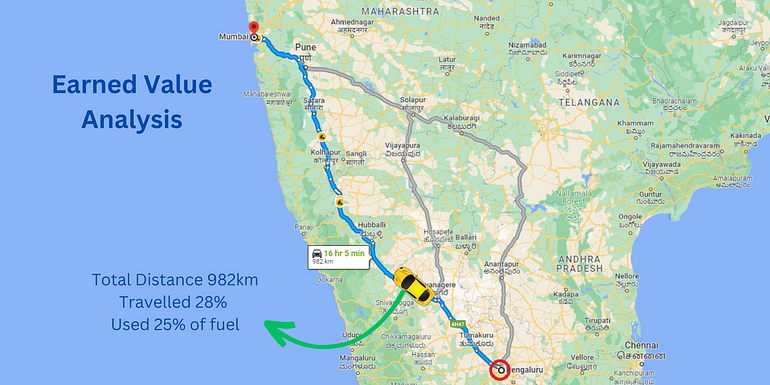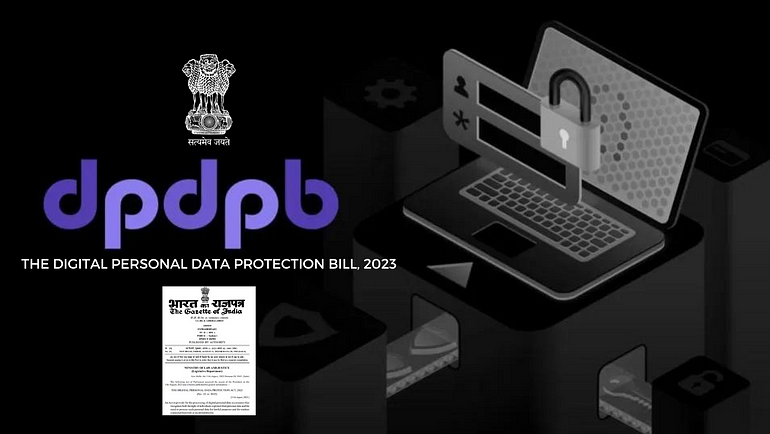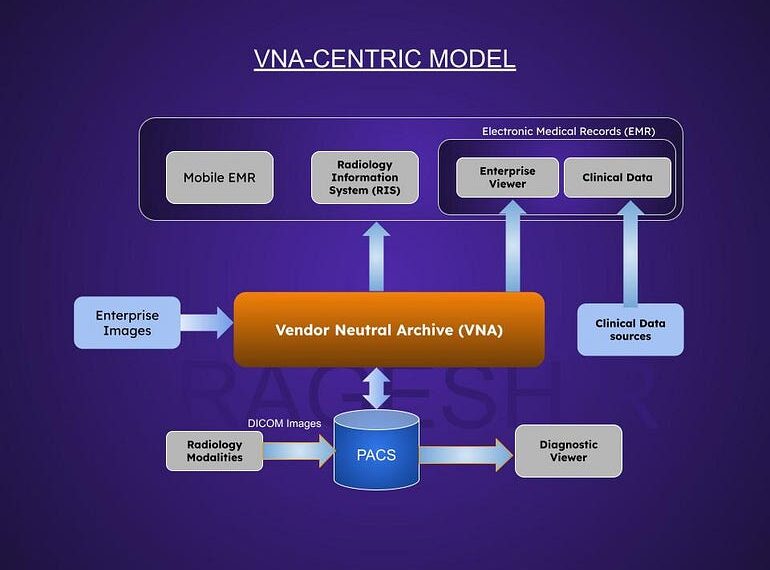Earned Value Analysis (EVA/EVM)

Earned Value Analysis (or EVA) is a way to measure the value of the work done on the project to date and helps determine if the project is ahead or behind, over or under budget.
The Benefits of Earned Value Analysis
For you as a project manager, earned value analysis has the following benefits:
Earned value analysis gives you a realistic view of project status
Earned value analysis helps you predict budget variances and schedule issues
The three basic components of earned value calculation are
PV (Planned Value): This is the budgeted cost of the work in the project that must be completed at a given time. This is the authorized budget for the work planned up to and including the date of the report.
AC (Actual Cost): This is the actual cost incurred to complete the project work at any given time. It represents the actual cost of the work carried out at the closing date.
EV (Earned Value): This is the estimated cost of the project work actually completed at any given time. It represents the value of the work performed on the closing date.
An example with driving distance and car
Imagine you are driving a car from Banglore to Mumbai which has a total distance of 982 kilometers
Although earned value analysis (EVA) is typically used in project management to track progress and performance, it can also be applied to this scenario to provide some insights on how you’re doing on your journey from Bangalore to Mumbai. Here’s how you could calculate the earned value:
Determine the total budget or cost for the journey. In this case, let’s assume that the budget is the amount of fuel you have in your tank, which is 50 liters.
Break down the journey into smaller tasks or segments. Since the distance is 982 kilometers, you could break it down into segments of 100 kilometers each. This would give you 10 segments in total.
Assign a budget for each segment based on the total budget of 50 liters. Since you have already used 25% of the fuel, you have 75% of the fuel left. Therefore, the budget for each segment would be 7.5 liters (75% of 10 liters).
Estimate the percentage of completion for each segment based on the progress made so far. Since you have driven 28% of the total distance, you have completed 2.8 segments out of 10.
Calculate the earned value for each segment by multiplying the budgeted cost of the segment by the percentage of completion.
For example, for the first segment, the earned value would be 2.1 liters (7.5 liters x 0.28). Similarly, for the second segment, the earned value would be 1.89 liters (7.5 liters x 0.28 x 0.99, as you have used some fuel to cover the first segment). You would continue this process for each segment to calculate the earned value for the entire journey.
Based on this analysis, it appears that you are using less fuel than expected, which is a positive sign. You have completed 2.8 out of 10 segments, but you have only used 2.5 liters of fuel (assuming that 1 km driven consumes almost the same amount of fuel). This means that you are ahead of schedule in terms of fuel consumption, and you are on track to reach your destination with plenty of fuel to spare.
EV = Total Cost x % of work completed
EVA helps you assess whether you are on track in terms of budget and time.
An example with house construction project
For example, suppose you have a house project with a budget of ₹2000000, and you have completed 40% of the project. You have broken down the project into three tasks: foundation, framing, and roofing.
The budget for the foundation task is ₹500000, for framing is ₹800000, and for roofing is ₹700000. The percentage of completion for the foundation task is 50%, framing is 30%, and roofing is 20%.
To calculate the earned value for the foundation task, you need to multiply the budgeted cost (₹500000) by the percentage of completion (50%), which gives you ₹250000.
Similarly, for the framing task, the earned value is ₹240000 (₹800000 x 30%), and for the roofing task, the earned value is ₹140000 (₹700000 x 20%).
The total earned value for the project is the sum of these values, which is ₹630000.
Once you have calculated the earned value, you can compare it with the actual cost incurred so far to determine if the project is on track or if corrective action is needed. If the actual cost is less than the earned value, the project is progressing well, and you are ahead of schedule. If the actual cost is more than the earned value, the project is behind schedule, and you need to take corrective action to get back on track.
Conclusion
Each project must manage requirements and constraints of schedule, cost or scope. Earned value management is a comprehensive but not overly complex approach that allows project managers to measure and monitor project performance. By comparing the earned value to the planned value and actual cost, project managers can track the progress of a project and make adjustments to ensure it stays on schedule and within budget.


Author –Ragesh R
IT professional specialized in healthcare technologies with over two decades of experience. He also has a fondness for photography, traveling, designing, painting, and sharing knowledge.





